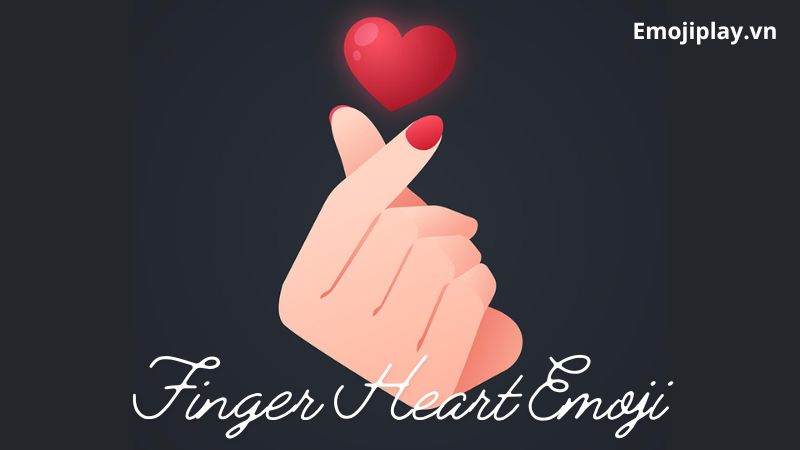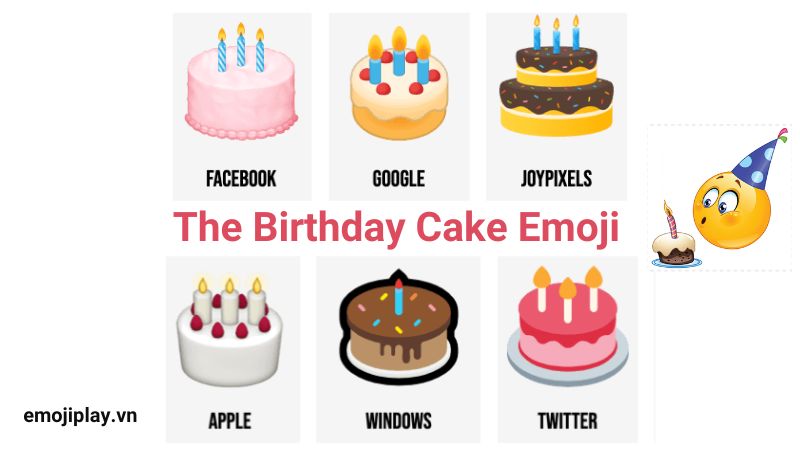Finger Heart Emoji Origin and Popularity:
Originating in South Korea, the finger heart emoji, often represented as, first gained popularity in the early 2010s through social media platforms and K-pop culture. Its rise to prominence can be attributed to its versatility and the ease with which it conveys heartfelt emotions in a single gesture. The finger heart emoji is formed by crossing the thumb over the index finger, creating a small heart shape, and is often accompanied by a warm smile or a playful wink.

Versatility and Adoption:
Symbolism and Usage:
Visual Appeal and Cultural Impact:
Global Recognition and South Korean Origins:
In addition to its role as a symbol of affection, the finger heart emoji has also become a cultural phenomenon in its own right. It has been embraced by celebrities, influencers, and brands alike, who use it to connect with their audiences on social media. From Hollywood stars posting selfies with the finger heart gesture to fashion brands incorporating it into their marketing campaigns, the finger heart emoji has permeated popular culture and become an iconic symbol of modern love and friendship.

Cultural Phenomenon and Popular Culture:
Despite its widespread popularity, the finger heart emoji remains rooted in its South Korean origins, where it continues to hold special significance. In South Korea, the gesture is known as “saranghae,” which translates to “I love you,” and is often used in conjunction with the finger heart emoji to express affection in both online and offline interactions. Its popularity in South Korea has helped to propel the finger heart emoji onto the global stage, where it has been embraced by people of all ages and backgrounds.
The finger heart emoji’s journey from its humble beginnings in South Korea to its status as a global symbol of affection is a testament to the power of digital communication to transcend cultural boundaries. In an increasingly interconnected world, where relationships are often forged and maintained online, the finger heart emoji serves as a reminder of the enduring power of love and friendship in the digital age.











